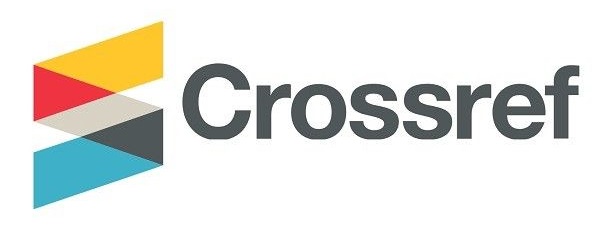Constructive Alignment Approach: Enhancing Learning and Teaching
DOI:
https://doi.org/10.37745/bjmas.2022.0173Abstract
The main focus of this paper is grounded in the assumption that the constructivist approach to learning and teaching is absent from the educational practices of a reasonable number of higher education (HE) institutions. Learning and teaching practices in some of these institutions are still based on the traditional approach (Livingstone, 2014). Teacher-centered strategies are still employed, where the teachers impart knowledge and students are passive learners and therefore they are not given the opportunity to have autonomy over their learning. In this way, students are not experiencing enough chances to interact and communicate while doing their defined assignments. Accordingly, this paper outlines/pinpoints the specifications of the constructive alignment approach which could be used to put an end to this daunting situation in HE organizations through designing/developing the existing programs to meet the 21st century cognitive skills perspectives. In my experience, constructive alignment framework could enable educational practitioners to create /develop programs based on the actual needs of the target learners in different contexts. Also, the involved staff could plan learning and teaching activities applying this approach in the given daily lessons. Furthermore, Biggs and Tang (2011) note that quality learning ensures that learners use the right cognitive skills required to gain knowledge and this could pave the way for their lifelong learning.
Downloads
Downloads
Published
Versions
- 02-05-2023 (2)
- 02-05-2023 (1)












